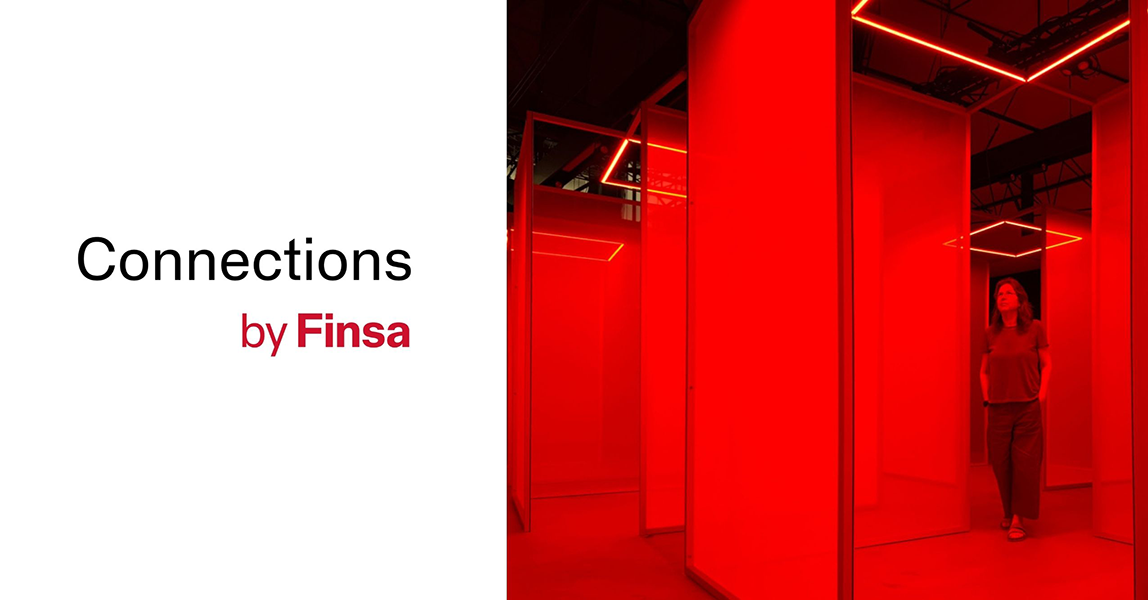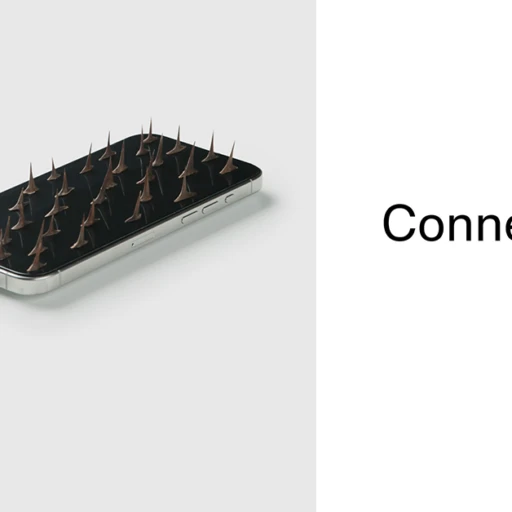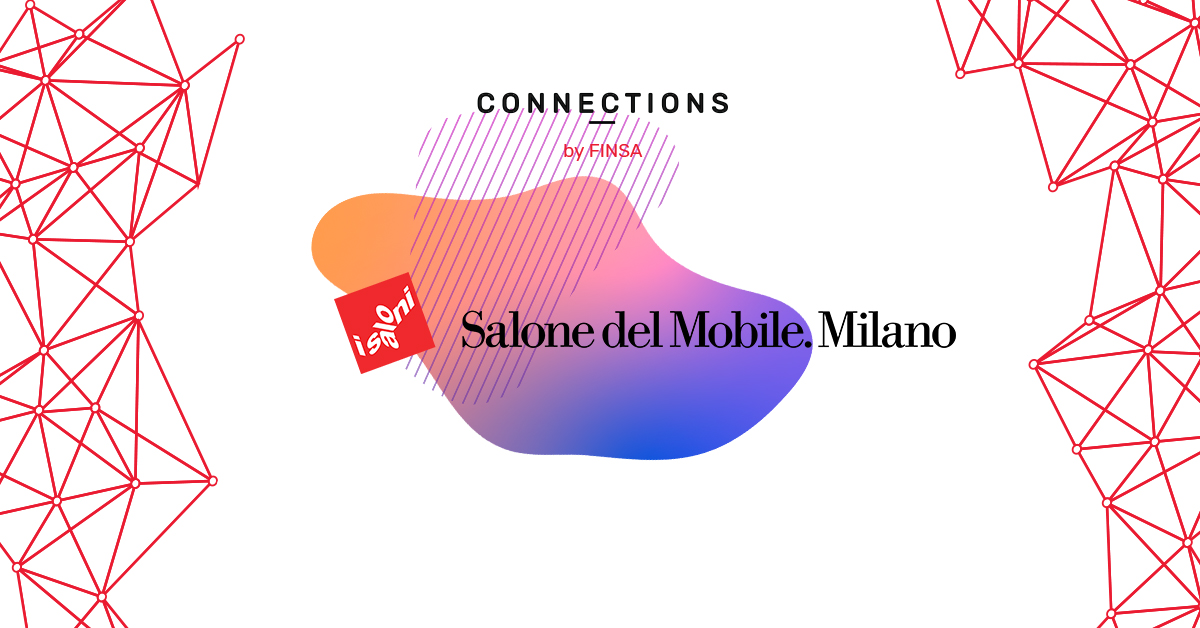The combination of science, neuroscience and technology is redefining the meaning of colour in interior design, opening the door to new possibilities. Colour has always been a key tool in interior design. It not only affects the aesthetics of a space, but also the perception and well-being of those who inhabit it. However, the way we perceive and use is changing rapidly thanks to technology. You may be surprised, but Google, with researcher Ivy Ross leading its design team, is one of the leaders in this field, exploring the relationship between colour, technology and human sensations.
With the rise of artificial intelligence, virtual reality and neuroscience applied to design, architecture professionals and designers now have the opportunity to use colour as an active tool to transform the experience of spaces in a deeper and more impactful way.
As these technologies evolve, they call on interior design professionals to stay ahead of the curve, understanding how colour psychology and new options can be combined to design more functional, aesthetically pleasing and emotionally resonant environments.

Colour synaesthesia: a new sensory dimension
During Milan Design Week 2024, Google presented the Making installation Sense of Colour, an immersive experience that demonstrated how colour can be perceived beyond sight. The exhibition, created in collaboration with the art and technology laboratory Chromasonic, explored the connection between colour, sound, texture, aroma and flavour through a multi-sensory journey. Thus, it allowed its visitors to experience colour in a multi-sensory way.
“At Google Design Studio we always consider the sensorial nature of what we design, and colour is a fundamental part. In this exhibition we wanted to ask ourselves: What do colours sound like, feel like, taste like, smell like and look like?” explained Ivy Ross during the presentation.
The project consisted of 21 semi-translucent rooms where the lighting varied according to sound frequencies, demonstrating that colour can be experienced with all the senses. This type of research opens up the possibility of developing environments where adaptation to people’s emotional states occurs, promoting relaxation or productivity depending on the context.
Synaesthesia in interior design is not just an experimental trend, but offers tools to optimize experiences in commercial, hospital, educational and residential environments.
Technology and colour perception
Technological advances have allowed us to delve deeper into the impact of colour on human beings. According to Ross, “each colour transmits a different vibration that has a biological and psychological effect on us. We were asking ourselves: How can we design with colours that positively influence people’s experience?”
But how does this work in practice? Some of the key technologies in this exploration that can already be used are:
- Dynamic lighting: The ability to adjust the lighting in a space based on the time of day, the activity being performed, or even the emotional state of the occupants.
- Augmented and virtual reality: They allow you to visualize the effects of different colour combinations before applying them to the physical design.
- Neuroscience applied to design: Recent studies have shown that certain tones can influence body temperature, concentration and mood.
- Emotional response sensors: Devices that can monitor people’s emotional state and adapt the lighting or colours of a space to improve their well-being.
- Smart materials: Surfaces that can change colour or intensity depending on light or temperature, allowing greater interaction with spaces.
- Artificial intelligence applied to design: Algorithms that can analyse behavioural patterns and suggest personalized colour schemes to improve the indoor experience.
- Photochromic and thermochromic paints: Materials that change colour depending on light or temperature, providing versatility and dynamism to interior spaces.
What this could mean for the world of interior design in the medium term
The integration of technology into colour perception opens up a disruptive field of innovation in architecture and interior design. Rather than limiting yourself to a selection of static palettes, you can create dynamic environments that react and adapt to their occupants or visitors.
So, it is not surprising that we will soon have studios that offer spaces with characteristics such as:
- Immersive experiences: Lighting combined with sound frequencies could redefine the design of commercial, hospital and educational spaces, creating atmospheres that reinforce the purpose of the place.
- Interactive textures: The use of materials that react to touch with changes in temperature or colour allows for greater sensorial connection in the design of furniture and coverings.
- Neuroarchitecture applied to colour: With the help of emotional response sensors, we will create environments that improve psychological well-being through chromatic stimuli.
- Total customization: Thanks to augmented reality and smart materials, it will be possible to choose and modify colours in real time, without the need for physical renovations.
- Interaction with virtual assistants: Artificial intelligence systems that can modify the lighting and colour of a room based on activity using biometric sensors.
- Therapeutic applications: Hospitals and wellness centres can use dynamic lighting and colours to promote emotional and physical recovery in patients.
These advancements offer the opportunity to differentiate projects by offering more interactive, flexible and customer-centric solutions. Integrating these technologies into the design process can not only enrich the end-user experience but will also position industry professionals at the forefront of interior design innovation.

Towards a more intuitive and emotional design?
“We want people to understand that colour is not just visual, but a three-dimensional experience that involves all the senses”, says Ross. In this way, technology is allowing colour to become a more powerful tool in design, with applications that could range from well-being in offices to the creation of therapeutic spaces focused on human well-being.




